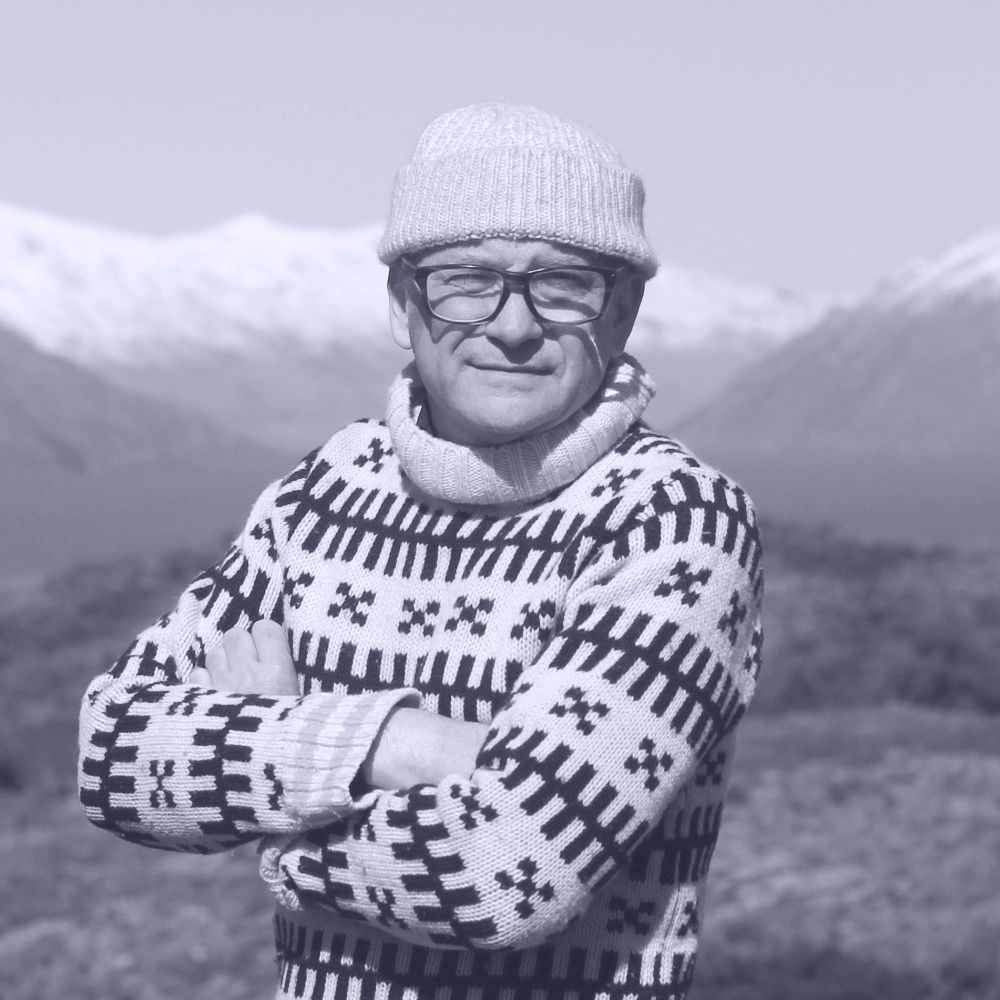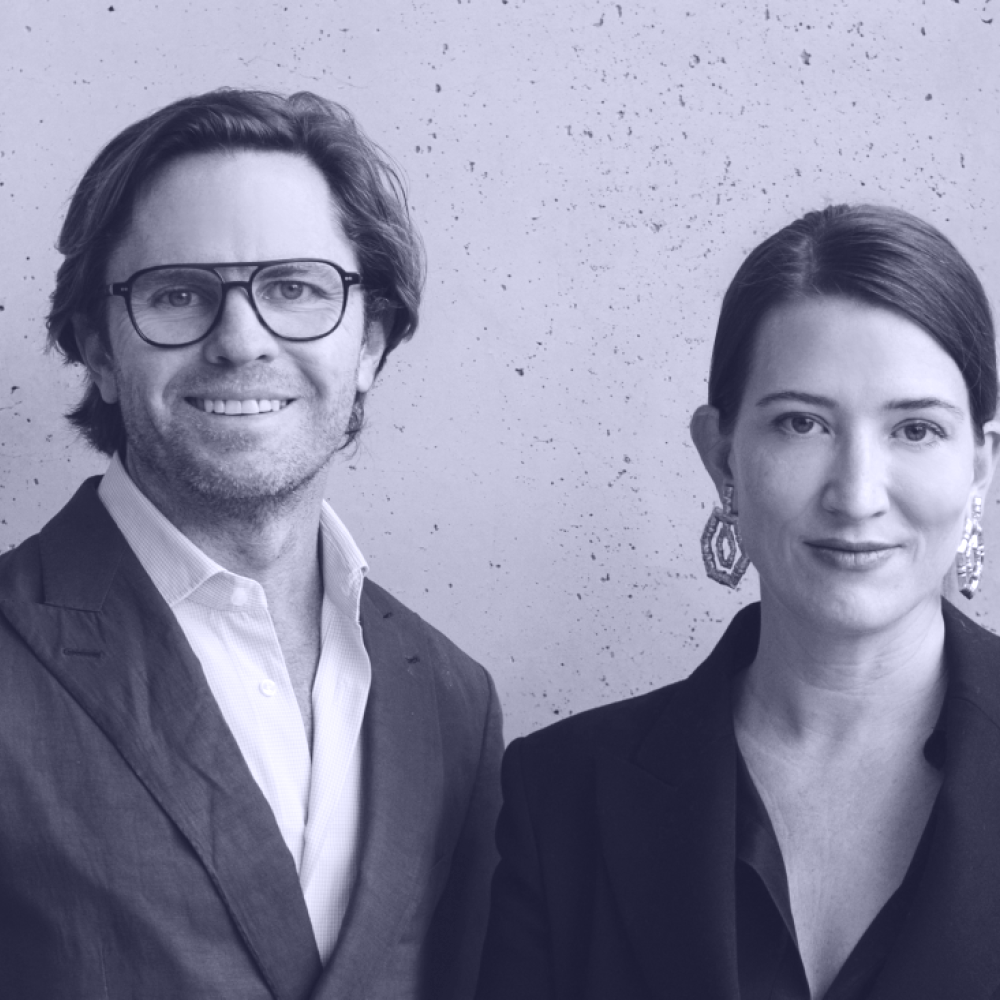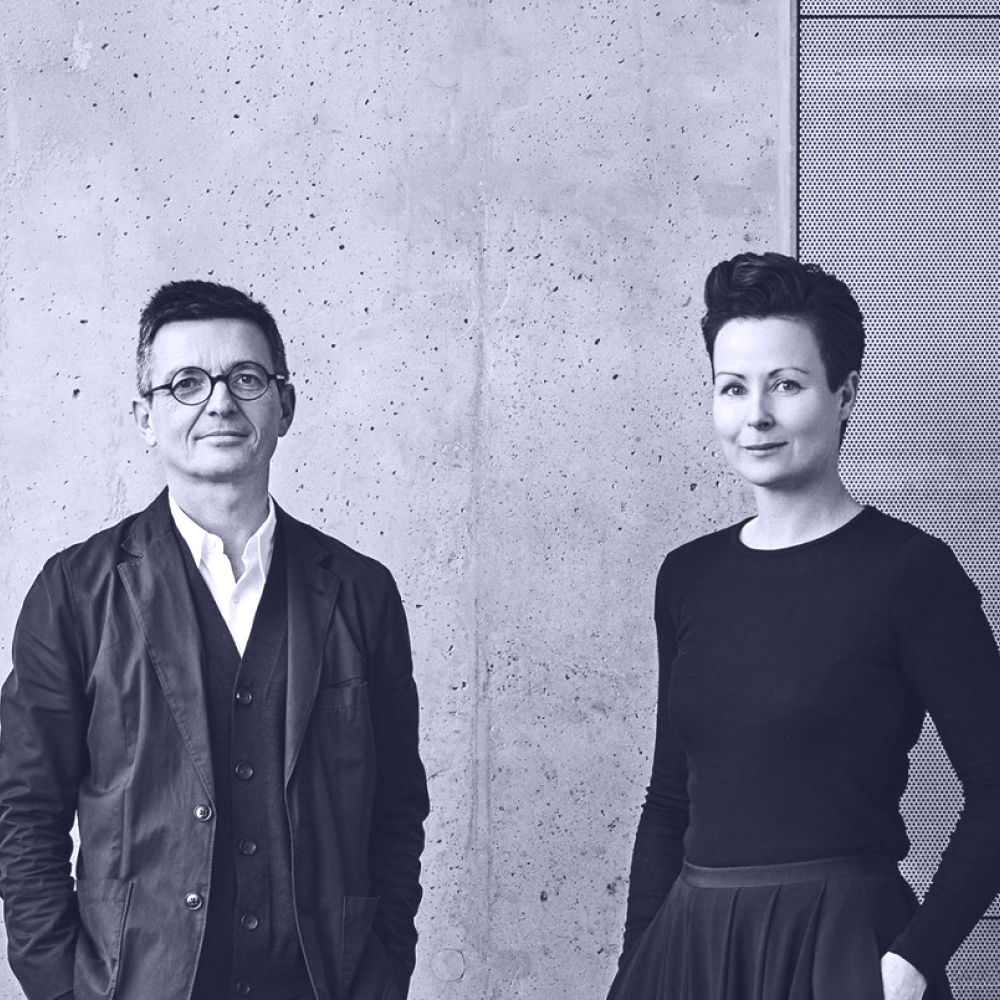Details.
When
Saturday 26 February 2022
10.00am – 5.15pm (AEDT)
Where
Daylesford Longhouse
178 Mannings Road
Elevated Plains VIC 3461
— Google Maps
Tickets
Ticket sales for this event are closed.
Program Info
This is a unique opportunity to join a small group of your peers for a day of learning, inspiration and camaraderie at the award-winning Daylesford Longhouse by Partners Hill.
The design and inhabitation of a home reflect the personalities or values of the people who live there. The Daylesford Longhouse is a poetic yet pragmatic expression of its owners’ love for food – from the growing of farm produce to the plating of a dish. This iteration of The Architecture Symposium draws together presentations on a collection of Australian houses that, like the Daylesford Longhouse, expertly combine the function of “living” with something else. Whether performing as a music venue, gallery or vehicle for the regeneration of a damaged landscape, these homes by world-class Australian architects are united by an exploration of dualities and hybrid typologies.
Partners
Venue partner
Supporting partner
Earn CPD Points
Download CPD Questions and Learning Outcomes
CPD Questions – The Architecture Symposium: Daylesford LonghouseContacts
Heather Cotton
Project Manager, Awards and Events Header Image Daylesford Longhouse by Partners Hill. Photography: Rory Gardiner.Program.
- 10–10.30 am Delegates arrive at Daylesford Longhouse
-
11.00 am
Welcome: The Hybrid House
Katelin Butler, editorial director, Architecture Media -
11.15 am
Daylesford Longhouse
Timothy Hill, Partners Hill and client, Ronnen Goren (Vic) -
12.00 pm
La Scala
Ingrid Richards and Adrian Spence, Richards and Spence (Qld) -
12.30 pm
Lyon Housemuesum
Corbett Lyon, Lyons and Yueji Lyon (Vic) - 1.00 pm Lunch and site exploration
-
3.00 pm
Indigo Slam
William Smart, Smart Design Studio (NSW) -
3.30 pm
Harrigans Lane Collective
Bruce Wolfe, Conrad Gargett and Jocelyn Wolfe (Qld) -
4.00 pm
Garden House
Louise Wright and Mauro Baracco of Baracco and Wright Architects (Vic) - 4.30 pm Closing comments
- 4.45–5.15 pm Delegates depart Daylesford Longhouse
- CPD Questions – The Architecture Symposium: Daylesford Longhouse
Daylesford Longhouse.
Architect
Presented by
Timothy Hill, Founder, Partners Hill
Timothy Hill, founder of Hobart and Brisbane-based Partners Hill, will share the fascinating story of Daylesford Longhouse, joined by client Ronnen Goren of Studio Ongarato. The project reconciles the desire of its owners to establish a working farm, cooking school, reception venue and home on a sheep grazed property near Daylesford, Victoria.
Initial site investigations revealed a local population of grazing fauna, hostile weather conditions, sporadic rainfall and shallow planting depths. The farm’s various agricultural and hospitality activities have been consolidated in a single 110-metre-long shed. Prosaic building materials and local construction practices were exploited to provide a maximum possible interior volume and roof area. The internalized productive landscape is afforded protection from environmental conditions, and rainfall is harvested and stored to ensure a regular supply to the new microclimate.
Client
Presented by
Ronnen Goren, Director and founding partner, Studio Ongarato
Over the past decade, Ronnen Goren and his partner Trace have worked closely with architect Timothy Hill to realize a scheme that embodies their passion for hospitality, food and farming, and traditions reinvented – resulting in the Daylesford Longhouse – "a tree change project."
As a director and one of the founding partners of Studio Ongarato, Ronnen has realized an extensive career in design, collaborating with a broad range of clients across the architecture and design, hotels and hospitality, and retail sectors. Ronnen takes a collaborative approach to projects, which has resulted in some of the most iconic and culturally influential businesses and brands, including Jackalope, QT Hotels and Resorts, Kisume, Mecca, RMIT Design Hub, Art Gallery South Australia and M Pavilion.
Presentations.
La Scala
Presented by
Ingrid Richards and Adrian Spence, Founding partners, Richards and Spence
Consideration of future tenures was central to the design for a residence and apartment in inner-city Brisbane. On the edge of the CBD, the site adjoins commercial zoning, prompting consideration of possible adaptations. Courtyard planning, overlaid with a circuitous section, enables multiple scenarios for access and occupation.
Located on a hilltop in an established suburb, two distinct residences overlap. The secondary residence addresses the street. The primary dwelling addresses the central courtyard and pool, its living space perched above bedrooms on the southern boundary. A landscaped roof extends the living areas across the entire site and landscape borrowed from the eastern neighbours exaggerates the perceived private outdoor space.
A reductive material palette of concrete, blockwork and travertine extend across the site from inside to out. The singular brutal concrete interior yields to the current domestic condition with a schedule of stainless steel, brass and timber joinery.
Lyon Housemuseum
Presented by
Corbett Lyon and Yueji Lyon, Founding director with co-creator of the Lyon Housemuseum, Lyons Architecture
The Lyon Housemuseum is located in Melbourne’s eastern suburbs and is the private residence and art museum of its founding patrons Corbett and Yueji Lyon. The Housemuseum is open for pre-booked public tours on designated days each year. Since opening in 2009, the Housemuseum has welcomed thousands of visitors from across Australia and from overseas.
The Housemuseum is a unique, “hybrid” combination of family residence and private museum where museum and domestic typologies are brought together in a single purpose-designed building. In 2010, Larry's List named the Housemuseum “one of the world's 10 most exciting buildings of private museums.”
Designed by architect Corbett Lyon, the Housemuseum builds on a long lineage of private art collections housed and displayed in residential settings including Sir John Soane’s Museum in London, New York’s Frick Collection, the Peggy Guggenheim Collection in Venice and London's Wallace Collection.
Indigo Slam
Presented by
William Smart, Founder and creative director, Smart Design Studio
A piece of sculpture to be lived in, Indigo Slam fronts Central Park in Sydney’s Chippendale and creates an inspiring residence for an art collector. Behind a facade of sculpted concrete, serene living spaces and monumental halls create a dynamic spatial interplay of spare interiors in which the main decorative element is light.
Internally, spaces are large but not ostentatious with the exception of the cavernous stair hall lit from concealed roof lights overhead. This room is a space unique in Australian residential architecture – grand and austere in its size and sparseness, but inviting and exciting as it leads one upwards through the building.
The brief was for Indigo Slam to last 100 years. Modest and pared back materials are selected to wear and endure and fittings to last, with operable elements mechanically rather than digitally operated. The project aspires to an exemplary level of environmentally sustainable design.
Garden House
Presented by
Louise Wright and Mauro Baracco, Founding directors, Baracco and Wright Architects
With this small building, Louise and Mauro aimed to explore a semi-permanent structure that was conceived through the inclusion of the house in the site’s ecosystem. By observing and supporting the expansion of small remnant patches of endemic vegetation, the house was situated on a “clearing,” raised above the ground to allow for overland flow and so as not to “cut” the site.
Apart from a small utilities area, no ground is sealed. This supports the expansion of the vegetation inside the house. Now part of this already altered ecosystem – admitting light, insects, hydrological processes, and maintaining the ground plane – this house supports life. Tea trees now regularly grow inside.
As a weekend and experimental house, it is conceived as just a little more than a tent: a deck and raised platform, covered by a transparent “shed,” the interior perimeter “veranda” is garden space and living spaces are dynamic yet subtly spatially defined; up, down, under, above.
Harrigans Lane Collective
Presented by
Bruce Wolfe and Jocelyn Wolfe, CG Fellow with co-creator of Harrigans Lane Collective, Conrad Gargett
Harrigans Lane Collective is an exercise in creating explorative interdisciplinary projects with a focus on architecture, music, arts, design within a rural environment. A number of built projects attest to this venture including The Piano Mill, a musical tower and the first building to win the National Award for Experimental Music, and Lagavulin, a small chamber music venue which was awarded by the AIA in the small buildings category.
The Piano Mill is a copper clad tower/musical instrument paying respect to the plethora of pianos that helped European settlers feel culturally at home in a very foreign environment. It also pays tribute to music of the “prepared piano” and includes sixteen pianos, tuned grader blades and sonic periscopes. It represents a collaboration between architect and composer and acts as a sculptural performance facilitator for dance, projection art and percussion as well as the sixteen pianos.
In keeping with the intimacy of chamber music, Lagavulin accommodates a small audience of 40, opening up for an additional 40 outside. The stage sets the performers with a backdrop of the mountains in the distance but the special arrangement of the glass ensures the acoustic performance remains the priority. Composer Erik Griswold created “Hollows out of Time” for Prepared Piano and String Quartet, premiered by the composer and Camerata String Quartet.










